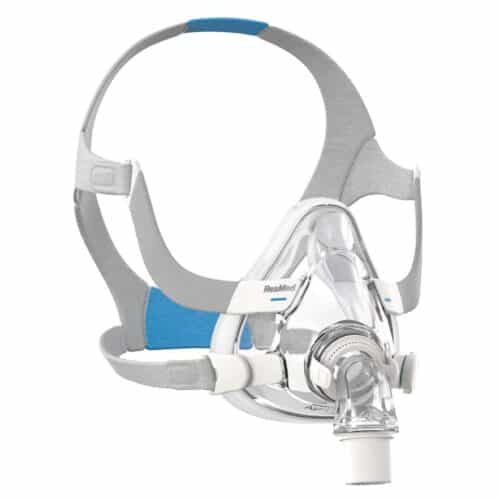Get 10% off your order!
Sign up below for PAP’s Newsletter, and keep an eye on your inbox for a one-time code. Offer not available on sale items.
It is estimated that 1 billion people worldwide suffer from sleep apnea. The prevalent method of treatment for this condition is the use of a CPAP (continuous positive airway pressure) machine.
In order to keep you healthy and getting your best night’s sleep, your CPAP supplies need to be clean and functioning at their best, too. Learn the how’s and what’s to keep your CPAP machine, hoses, and mask as clean as possible.
Picture this: a CPAP machine takes the air that is inside a room into the machine. The machine pressurizes the air and runs it through a humidifier, which then delivers the air through the tubing and mask into your airway. This continuous flow of air supports the airway by keeping your throat from collapsing, thank goodness. In doing so, it can reduce the action that causes snoring, reduce swelling in the nose, and maintain healthy oxygen levels. This allows you to get quality sleep, effectively treating your sleep apnea. It’s like a little magician who helps you breathe while you’re asleep at night!
However, the machine is only part of the system that facilitates your supply of air. Other parts make up the machine or connect to it, such as the CPAP tubing, CPAP mask, CPAP filters, CPAP headgear, and the humidifier (a.k.a., CPAP water tank or CPAP tub).
As a result of using the equipment every night, bacteria, oil, sweat, and dead skin cells can build up inside these parts. We know – gross!
So, in order for the CPAP system to work efficiently and for you—the person using the equipment—to remain healthy, the system must be maintained, including cleaning all the parts regularly. If you do not regularly and adequately sanitize your CPAP supplies, several dangers could occur, including:
It is recommended that your CPAP supplies be cleaned weekly. Some suggest a daily cleaning of the hose, mask, and water chamber, especially during times when the user is sick.
In any event, the entire CPAP system must be cleaned, and there are proper ways—and proper CPAP cleaning supplies—to accomplish this. Harsh chemicals or solvents should not be used as they could destroy the machine and make the user ill. I mean, you wouldn’t clean your contact lenses with bleach, right?
Below are some supplies that can be used to clean your CPAP supplies.
Before cleaning your CPAP equipment, ensure that it is unplugged (sorry if we sound like your Dad but: Safety First!). Always detach the hose and mask from the machine.
Hose, mask, and headgear – The good news is that these parts can be cleaned with good ol’ soap and water. Fill your sink with water and mild dish soap. Place the hose and mask into the soapy water. Dredge the hose, mask, and any connectors through the water and allow them to soak for about 30 minutes.
Rinse thoroughly then allow your freshly-cleaned CPAP supplies to hang (possibly over a curtain rod, scarecrow, or zipline) until completely dry. You can also use a vinegar/water solution monthly (2 parts vinegar to 3 parts water) to disinfect these CPAP supplies, excluding the headgear.
Water tank – This part should be cleaned with hot soapy water. Don’t forget to rinse! Alternatively, you can use a solution of one part white distilled vinegar with five parts water. Like all CPAP supplies, it also needs to be allowed to air dry completely.
Filters – You should always check with the manufacturer’s instructions as some filters can be rinsed, while others are disposable and must be replaced. Disposable filters may need to be changed monthly or every two weeks.
CPAP machine – The outer surface of the device can be wiped down with a damp cloth to remove any dust. As mentioned below, wipes specifically designed to clean CPAP machines and masks are also a handy solution.
Thanks to science, there are also other CPAP sanitation supplies besides soap and water that are used to clean your equipment. UV light, wipes, and activated oxygen (don’t worry, we’ll explain) can also be used.
UV light – This method can be advantageous since water is not being used to clean the equipment. This eliminates the concern of bacteria growth due to moisture (please refer to letting everything dry completely above, ahem). However, UV light is limited in its ability to reach certain areas and does not kill bacteria in the hose, machine, or water chamber.
Wipes – There are wipes specifically made for use with CPAP machines. They are not able to clean inside the hose but make quick work of wiping down the surface areas on your machine and mask.
Activated oxygen – This gas is used in commercially available cleaners for CPAP equipment. These cleaners can kill 99% of germs and are easy to use. The SoClean 2 CPAP Cleaner system utilizes this breakthrough technology.
To effectively treat sleep apnea using a CPAP machine, the equipment must be regularly and thoroughly cleaned. By following the steps outlined above you will breathe easier and sleep better. Let us help you #SimplifyYourSleep.


Sign up below for PAP’s Newsletter, and keep an eye on your inbox for a one-time code. Offer not available on sale items.
SUBSCRIBE TO OUR NEWSLETTER Receive exclusive offers & insightful articles to enhance your sleep.
Search by product name, type or brand.
